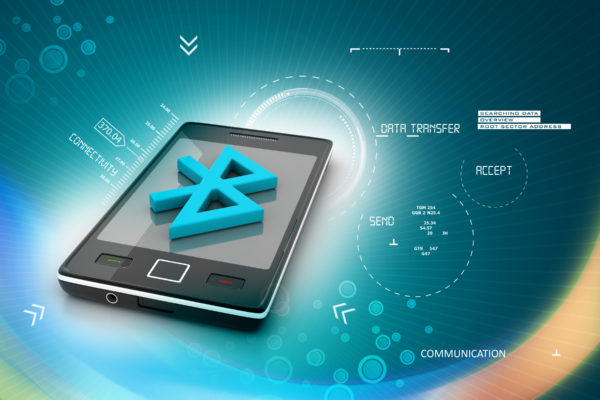Advertisements today can be overwhelming to consumers. Especially in the last decade as advertising has come to focus on online consumerism, customers are constantly bombarded with popups for the latest and greatest products. The negative response to this shift in marketing has led to a need for innovative and unique technologies that avoid overwhelming consumers while still reaching an audience. Indoor location technologies, such as Bluetooth Low-Energy (BLE) Beacons, is one of these innovative designs.
What are BLE Beacons?
Bluetooth Beacons are wireless devices that draw attention to a specific location, within a finite space. A clear example of a beacon is a lighthouse: its light draws attention from offshore ships, letting the ships know their distance from the lighthouse and the shore. Bluetooth Beacons do the same thing in a virtual environment, allowing brick-and-mortar businesses to send out signals to mobile devices in the immediate area.
Bluetooth Low-Energy Beacons, also known as Bluetooth 4.0, are just as their name suggests. They do the same thing in practice while maintaining low energy consumption.
How do BLE Beacons work?
The wireless device draws attention to its location by periodically putting out a radio signal. This radio signal consists of a small packet of data, usually advertisements. A beacon at a sports store, for example, might periodically send signals for current deals on hiking boots. Compatible mobile devices within close proximity to the beacon (usually about 100 meters) would then receive those advertisements, triggering applications to prompt responses like push messages or actions.
Why use a BLE Beacon?
Bluetooth Beacons, in general, allow businesses to deliver highly contextualized and personalized advertisements to their customers. Unlike other indoor location technologies such as GPS and NFC, Beacons are hyper-localized and specified for indoor environments. This means that the customer isn’t going to get advertisements for every store in the mall, but they also don’t need to be standing directly next to a product to receive an advertisement.
BLE Beacons also cost 60-80% cheaper than classic Bluetooth Beacons (although classic Bluetooth is recommended for more complex applications). Their low-energy consumption allows them to last much longer than the classic Bluetooth Beacon. The BLE Beacon stays in sleep mode unless it is actively configuring a connection, so it can last up to 3 years on one coin-cell sized battery.
Who benefits from using BLE Beacons?
Both Classic Bluetooth and BLE Beacons can be beneficial to a company. Classic Bluetooth can handle larger amounts of data, but BLE Beacons are ideal for transmitting advertisements to applications that periodically use small amounts of data. This, in addition to their low-energy consumption and cheaper cost, means that small businesses may benefit from using a BLE model over classic Bluetooth location technology.
The value of in-store retail sales influenced by beacon technology increased by $40 million between 2015 and 2016. The benefit of being able to personalize advertisements to customers continues to appeal to businesses, and it’s expected that 4.5 million beacons will be active by 2018.





Leave a Reply